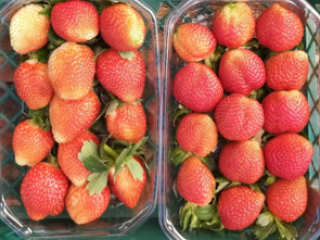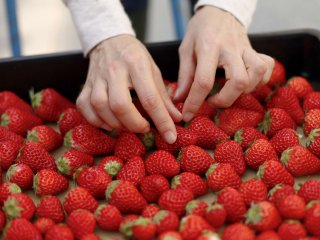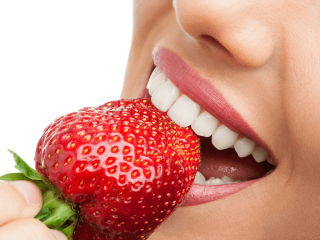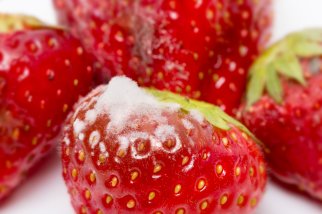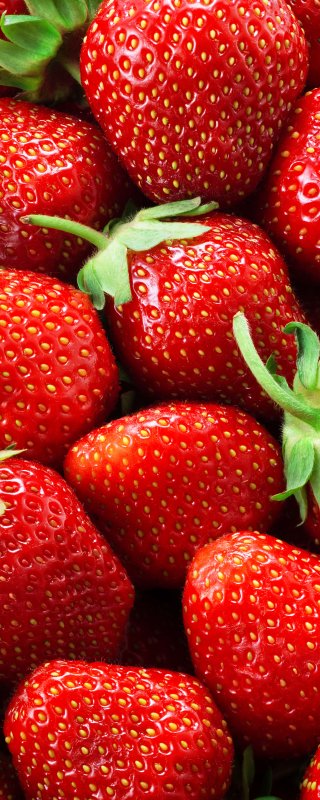
Strawberry quality
Quality of strawberries is determined by several characteristics that give enjoyment to the consumer. Important characteristics of quality are appearance, colour, texture and flavour. Appearance and colour are examples of external quality parameters. Texture and flavor are examples of internal quality. The quality characteristics are influenced by variety, pre-harvest factors, harvest practices and postharvest handling. Determination of fruit quality provides an important indication of the remaining storage potential and shelf-life.
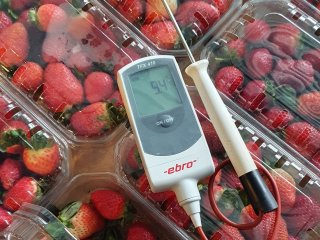
Maintaining strawberry quality
Generally strawberries do not improve in quality after picking. Goal is to minimize quality losses during the subsequent stages in the supply chain. The prevention of fungal rots is thereby an important attention point. These can largely be controlled by fast cooling of harvested strawberries and avoidance of bruising and injuries. Some minimum requirements for a good quality strawberry are: intact, sound, clean, fresh in appearance, free of any foreign smell and/or taste. The fruits must be sufficiently developed and display satisfactory ripeness. The strawberry calyx (crown) and stalk should be fresh and green.
Attention points for strawberry quality
Unfortunately, your cookie settings do not allow the social media element to be displayed. check your settings.

